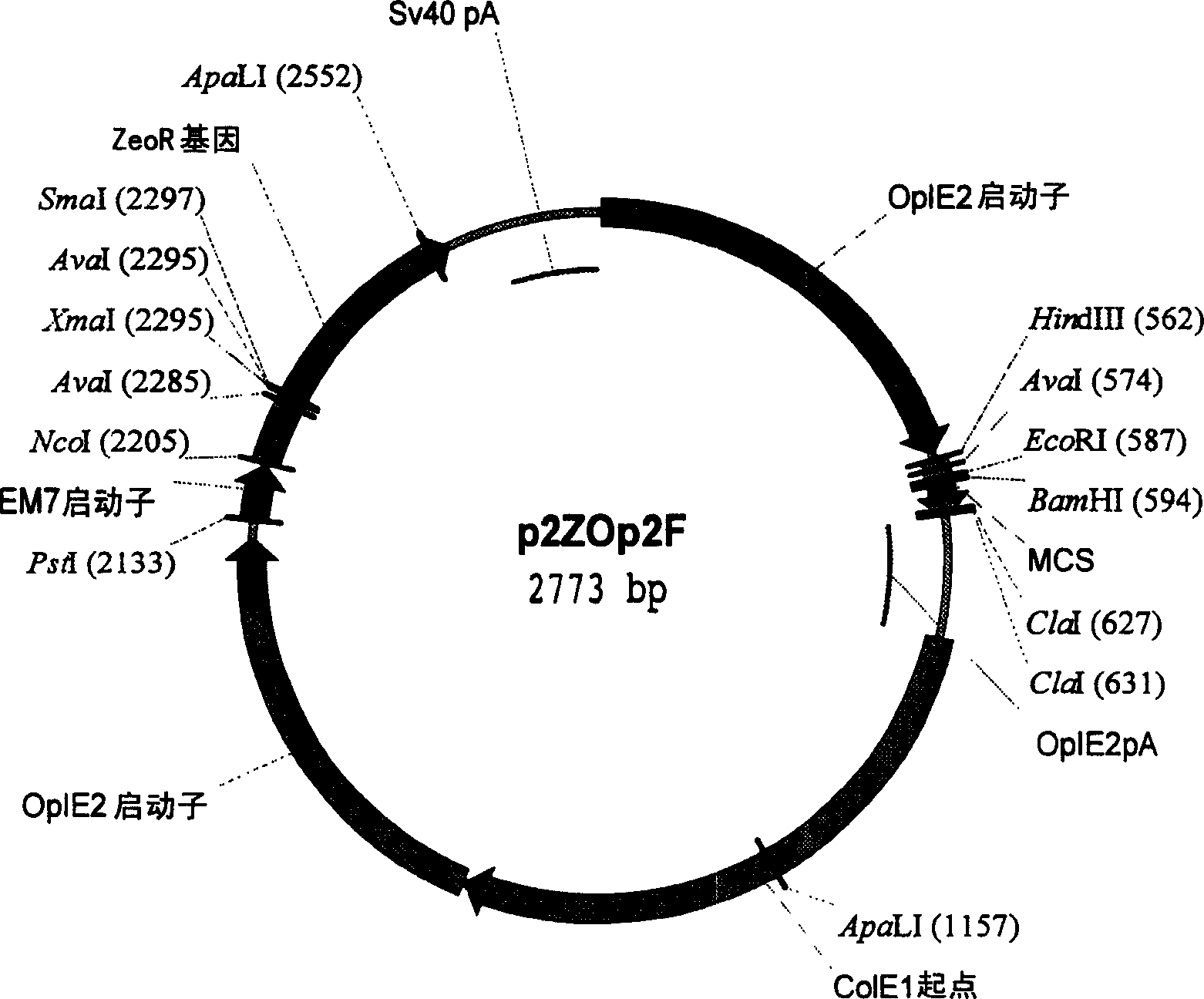Novel immunogenic mimetics of multimer proteins
An immunogenic and polyprotein technology, applied in the direction of antibody mimics/scaffolds, animal/human proteins, immunoglobulins, etc., can solve the problems of protein sequence stability, poor storage period and in vivo stability
- Summary
- Abstract
- Description
- Claims
- Application Information
AI Technical Summary
Problems solved by technology
Method used
Image
Examples
Embodiment 1
[0241] Design of Four New Diepitope (P2+P30) Monomeric IL5 Constructs
[0242] IL5 is an antiparallel homodimer in which the C-terminal and N-terminal ends of the monomer are closely located in the molecule. This makes it possible to link the two monomers into a single monomer that closely resembles the quaternary structure of the wild-type dimer.
[0243] We have approached this using the p2 / P30 epitope as a linker or by inserting a diglycine linker as previously described in Li et al. 1997, PNAS USA 94(13):6694-9.
[0244] Native hIL5 encoding DNA molecules used for all research work were purchased from R&D systems (BBG16). This DNA sequence did not include the hIL5 leader sequence; therefore a synthetic DNA sequence encoding the native hIL5 leader peptide was added. Sequences encoding P2 and P30 T cell epitopes were derived from tetanus toxoid. These sequences were inserted into the native sequence of the gene, thereby providing immunogenic variants of IL5. The reading ...
Embodiment 2
[0248] hIL5.34 and hIL5.35
[0249] To make the T-cell epitope internal to the molecule, the P2 and P30 head-to-tail were inserted as a linker between the two IL5 monomers, thus generating two constructs hIL5-P30-P2-hIL5 (hIL5.34, in SEQ ID NO : mature peptide in 5 and 6) and hIL5-P2-P30-hIL5 (hIL5.35, mature peptide in SEQ ID NO: 7 and 8) - both DNA constructs encode the native IL5 leader sequence, resulting in 266 The mature expression product of amino acids. The translation products resulting from these designs are intended to fold into "monomeric IL5 dimers", ie monomeric molecules with a tertiary structure that closely resembles the full 3-dimensional structure of dimeric IL5.
Embodiment 3
[0251] hIL5.36 & hIL5.37
[0252] Similar but immunogenic constructs incorporating T-cell epitopes were designed based on the previous successful production of biologically active monomeric "IL5 dimer mimics" by J. Li et al. by insertion of a diglycine linker. Variant hIL5.36 thus has the structure of the mature peptide in SEQ ID NO:9 and 10 and variant hIL5.37 has the structure of the mature peptide in SEQ ID NO:11 and 12. Both constructs encode the native IL5 leader sequence, followed by the first 4 amino acids in IL5, which are followed by the first inserted epitope - the other epitope is at the C-terminus.
[0253] There are 2 main reasons why the N-terminal epitope is not located N-terminal to the full IL5 sequence in these two constructs rather than to preserve the hIL5 sequence. By using the native hIL5 leader peptide together with the N-terminus of hIL5, we ensured that the leader peptide was cleaved correctly. Also, since the N-terminus of IL5 constitutes a flexible...
PUM
 Login to View More
Login to View More Abstract
Description
Claims
Application Information
 Login to View More
Login to View More - R&D
- Intellectual Property
- Life Sciences
- Materials
- Tech Scout
- Unparalleled Data Quality
- Higher Quality Content
- 60% Fewer Hallucinations
Browse by: Latest US Patents, China's latest patents, Technical Efficacy Thesaurus, Application Domain, Technology Topic, Popular Technical Reports.
© 2025 PatSnap. All rights reserved.Legal|Privacy policy|Modern Slavery Act Transparency Statement|Sitemap|About US| Contact US: help@patsnap.com



